Related Research Articles
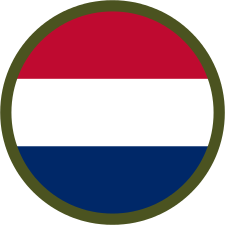
The American Expeditionary Forces was a formation of the United States Armed Forces on the Western Front during World War I. The A. E. F. was established on July 5, 1917, in France under the command of then-Major General John J. Pershing. It fought alongside French Army, British Army, Canadian Army, British Indian Army, New Zealand Army and Australian Army units against the Imperial German Army. A small number of A. E. F. troops also fought alongside Italian Army units in 1918 against the Austro-Hungarian Army. The A. E. F. helped the French Army on the Western Front during the Aisne Offensive in the summer of 1918, and fought its major actions in the Battle of Saint-Mihiel and the Meuse-Argonne Offensive in the latter part of 1918.
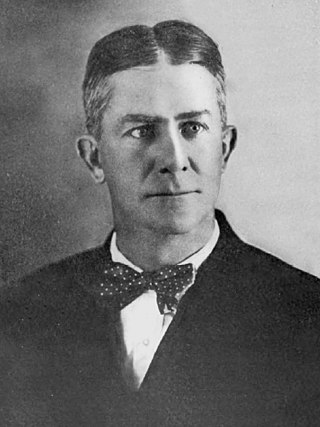
John Campbell Greenway was an American businessman and senior officer of the U.S. Army Reserve who served with Colonel Theodore Roosevelt in the Spanish–American War and commanded infantry in World War I. He was the husband of U.S. congresswoman Isabella Greenway.
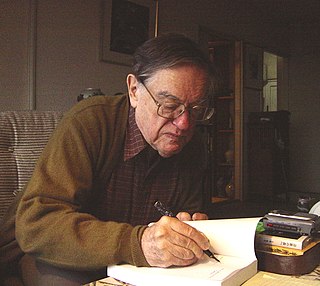
Donald Lawrence Keene was an American-born Japanese scholar, historian, teacher, writer and translator of Japanese literature. Keene was University Professor emeritus and Shincho Professor Emeritus of Japanese Literature at Columbia University, where he taught for over fifty years. Soon after the 2011 Tōhoku earthquake and tsunami, he retired from Columbia, moved to Japan permanently, and acquired citizenship under the name Kīn Donarudo. This was also his poetic pen name and occasional nickname, spelled in the ateji form 鬼怒鳴門.

Theodore Roosevelt III, often known as Theodore Jr., was an American government, business, and military leader. He was the eldest son of President Theodore Roosevelt and First Lady Edith Roosevelt. Roosevelt is known for his World War II service, including the directing of troops at Utah Beach during the Normandy landings, for which he received the Medal of Honor.

Cantigny is a 500-acre (2.0 km2) park in Wheaton, Illinois, 30 miles west of Chicago. It is the former estate of Joseph Medill and his grandson Colonel Robert R. McCormick, publishers of the Chicago Tribune, and is open to the public. Cantigny includes expansive formal and informal gardens, two museums, a 27-hole golf course, a picnic grove, a playground, hiking paths and restaurants.

Robert Rutherford "Colonel" McCormick was an American lawyer, businessman and anti-war activist.
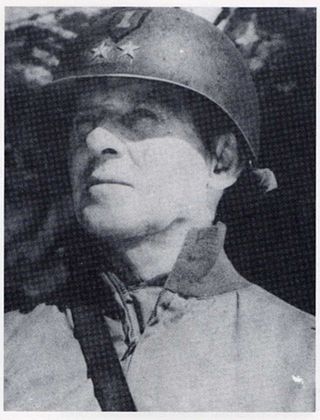
Lieutenant General Clarence Ralph Huebner was a highly decorated senior officer of the United States Army who saw distinguished active service during both World War I and World War II. Perhaps his most notable role was as the Commanding General (CG) of the 1st Infantry Division during the Normandy landings of World War II.

Susan Wittig Albert, also known by the pen names Robin Paige and Carolyn Keene, is an American mystery writer from Vermilion County, Illinois, United States. Albert was an academic and the first female vice president of Southwest Texas State University before retiring to become a fulltime writer.

One of Ours is a 1922 novel by Willa Cather that won the 1923 Pulitzer Prize for the Novel. It tells the story of the life of Claude Wheeler, a Nebraska native in the first decades of the 20th century. The son of a successful farmer and an intensely pious mother, he is guaranteed a comfortable livelihood. Nevertheless, Wheeler views himself as a victim of his father's success and his own inexplicable malaise.
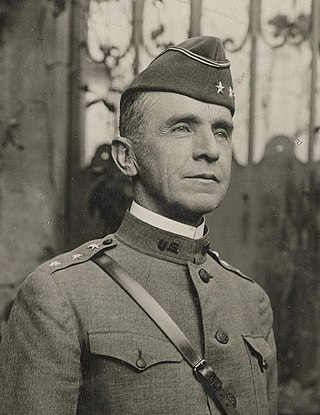
Lieutenant General Robert Lee Bullard was a senior officer of the United States Army. He was involved in conflicts in the American Western Frontier, the Philippines, and World War I, where he commanded the 1st Infantry Division during the Battle of Cantigny while serving on the Western Front. He later was an administrator in Cuba.

Joy Harjo is an American poet, musician, playwright, and author. She served as the 23rd United States Poet Laureate, the first Native American to hold that honor. She was also only the second Poet Laureate Consultant in Poetry to have served three terms. Harjo is a member of the Muscogee Nation and belongs to Oce Vpofv. She is an important figure in the second wave of the literary Native American Renaissance of the late 20th century. She studied at the Institute of American Indian Arts, completed her undergraduate degree at University of New Mexico in 1976, and earned an MFA degree at the University of Iowa in its creative writing program.

The Battle of Cantigny, fought May 28, 1918 was the first major American battle and offensive of World War I. The U.S. 1st Division, the most experienced of the five American divisions then in France and in reserve for the French Army near the village of Cantigny, was selected for the attack. The objective of the attack was both to reduce a small salient made by the German Army in the front lines but also to instill confidence among the French.

Vernie Merze Tate was a professor, scholar and expert on United States diplomacy. She was the first African-American graduate of Western Michigan Teachers College, first African-American woman to attend the University of Oxford, first African-American woman to earn a Ph.D. in government and international relations from Harvard University, as well as one of the first two female members to join the Department of History at Howard University.

Cantigny is a commune in the Somme department in Hauts-de-France in northern France.

Isabella Karle was an American chemist who was instrumental in developing techniques to extract plutonium chloride from a mixture containing plutonium oxide. For her scientific work, Karle received the Garvan–Olin Medal, Gregori Aminoff Prize, Bower Award, National Medal of Science, and the Navy Distinguished Civilian Service Award.
Andrew Nicholas Rebori was an American architect who was a member of the Chicago school of architecture.
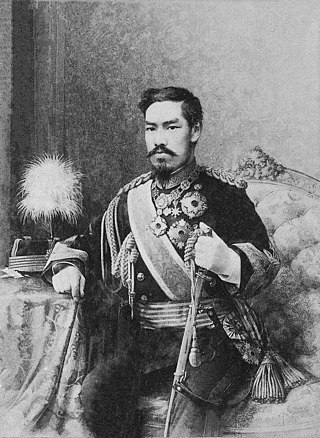
Mutsuhito, posthumously honored as Emperor Meiji, was the 122nd emperor of Japan according to the traditional order of succession. Reigning from 13 February 1867 to his death, he was the first monarch of the Empire of Japan and presided over the Meiji era. His reign is associated with the Meiji Restoration, a series of rapid changes that witnessed Japan's transformation from an isolationist, feudal state to an industrialized world power.

The United States declared war on the German Empire on April 6, 1917, nearly three years after World War I started. A ceasefire and Armistice was declared on November 11, 1918. Before entering the war, the U.S. had remained neutral, though it had been an important supplier to the United Kingdom, France, and the other powers of the Allies of World War I.

Frank Ellis Bamford was an American Brigadier general active during World War I.
Eugenia Campbell Nowlin was an American arts administrator, civil servant, teacher, and artist. She was the chair of the United States Army arts and crafts program for almost 3 decades. Nowlin was an Honorary Fellow of the American Craft Council starting in 1978.
References
- 1 2 3 "Faculty Profile".
- ↑ Park, Community Contributor Cantigny (16 September 2023). "WWI Author Jennifer Keene at Cantigny March 25". Chicago Tribune .
{{cite web}}:|first=has generic name (help) - ↑ "Jennifer D. Keene - About - Missouri Over There".